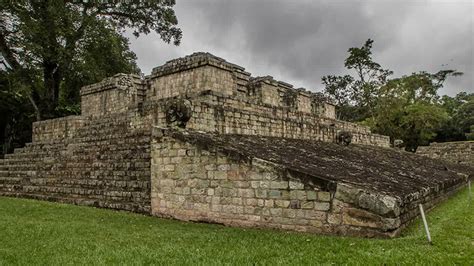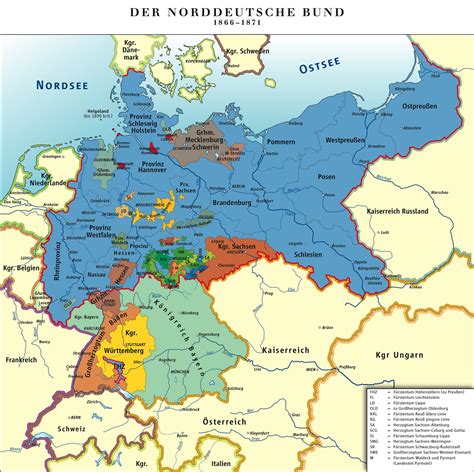Discover the early inhabitants, colonial period, independence movement, apartheid era, and post-independence developments in this informative blog post.
Early Inhabitants
Contents
Namibia is a country with a rich and diverse history, dating back to the earliest inhabitants of the region. The early inhabitants of Namibia were the San people, who are also known as Bushmen. They are believed to be one of the oldest cultures in the world, with a history dating back thousands of years. The San people were primarily hunter-gatherers, living a semi-nomadic lifestyle and using their extensive knowledge of the land to survive.
Over time, other groups of people migrated to Namibia, including the Khoikhoi and Bantu-speaking tribes. These groups brought with them new technologies and agricultural practices, which helped to shape the culture and landscape of the region. The interactions between these different groups of people laid the foundation for the rich cultural tapestry that exists in Namibia today.
The arrival of European colonizers in the 19th century brought significant changes to Namibia. The early inhabitants were displaced from their traditional lands, and their traditional ways of life were disrupted. The legacy of this period continues to impact the country, and efforts are being made to preserve the cultural heritage of the San people and other indigenous groups.
Despite the challenges they have faced, the early inhabitants of Namibia have a resilient and vibrant culture that is an integral part of the country’s identity. Their traditions, languages, and knowledge of the land continue to enrich the cultural fabric of Namibia, and efforts are being made to ensure that their contributions are valued and preserved for future generations.
Colonial Period
The Colonial Period in the history of Namibia refers to the time when the country was under the control of various European powers. Namibia was first colonized by the Portuguese during the late 15th century, followed by the Dutch in the 17th century, and then the Germans in the late 19th century. The most significant colonial power in Namibia was Germany, which established control over the territory in the late 1800s and named it German South West Africa.
During the colonial period, the European powers exploited Namibia’s natural resources and imposed their own laws and systems of governance on the indigenous population. The German colonial administration implemented policies that favored European settlers and restricted the rights of the local people. This led to resentment and resistance among the Namibian population, who were subjected to forced labor and displacement from their ancestral lands.
Despite the harsh conditions imposed by the colonial authorities, the indigenous people of Namibia continued to resist the oppressive colonial rule. The Herero and Namaqua people revolted against German rule in a series of uprisings between 1904 and 1908, known as the Herero and Namaqua Genocide. This brutal conflict resulted in the deaths of thousands of Namibians and the displacement of many more.
The end of the Colonial Period in Namibia came after World War I, when Germany was defeated and its colonies were placed under the control of the League of Nations. South Africa was given a mandate to administer Namibia, which continued until the country gained independence in 1990.
Independence Movement
History of Namibia
Namibia’s struggle for independence from colonial rule began in the early 20th century, as the indigenous people sought to end the oppressive policies of the German and later South African governments. The movement gained momentum in the 1960s, with the establishment of nationalist organizations such as the South West Africa People’s Organization (SWAPO), which led the resistance against the apartheid regime.
SWAPO’s efforts to gain international support for Namibia’s independence led to the United Nations passing Resolution 435 in 1978, which set the stage for negotiations between SWAPO and the South African government. However, it wasn’t until 1990 that Namibia finally achieved independence, following a long and often violent struggle.
The independence movement in Namibia was marked by both peaceful protests and armed resistance, with many individuals and groups sacrificing their lives for the cause. The legacy of the independence movement is still felt today, as Namibia continues to grapple with the lingering effects of colonialism and the struggle for true economic and social equality.
Despite the challenges that came with independence, Namibia has made significant progress in the years since gaining self-rule. The country has developed a stable government and economy, and has become known for its commitment to democracy and social justice. However, the scars of the independence movement can still be seen in the ongoing efforts to address the disparities and inequalities that were a legacy of colonial rule.
Apartheid Era
The Apartheid Era in Namibia refers to the period between 1948 and 1990 when the South African government implemented a system of racial segregation and discrimination. During this time, the white minority government of South Africa imposed strict laws that enforced the separation of races and the suppression of the rights of non-white individuals. These oppressive policies had a profound impact on the lives of Namibians, particularly those of African and mixed-race descent.
Under apartheid, non-white individuals in Namibia were subjected to forced removals from their homes and communities, and were relocated to designated areas known as homelands or bantustans. These areas were often overcrowded and lacked adequate resources and infrastructure, leading to widespread poverty and economic disparity among different racial groups.
Furthermore, the apartheid government in South Africa implemented discriminatory laws that restricted the movement and employment opportunities of non-white individuals in Namibia. They were denied access to the same educational and economic opportunities as their white counterparts, resulting in a significant socio-economic divide in the country.
The Apartheid Era was also characterized by widespread human rights abuses, including arbitrary arrests, torture, and extrajudicial killings of political dissidents and activists. The oppressive nature of the apartheid regime galvanized the resistance movement in Namibia, leading to the emergence of various anti-apartheid organizations and political movements that sought to challenge and dismantle the discriminatory system.
It was only with the end of apartheid in South Africa in 1990, and the subsequent independence of Namibia, that the oppressive policies and practices of the apartheid era were officially abolished. The legacy of apartheid continues to shape Namibia’s socio-political landscape, and efforts to address the lasting effects of this dark chapter in the country’s history are ongoing.
Post-Independence Developments
Since gaining independence in 1990, Namibia has experienced several significant developments in various aspects of society. One of the most notable advancements is in the field of education. The government has prioritized education, leading to a significant increase in literacy rates and access to quality education for all Namibians. Investment in infrastructure and technology has also played a crucial role in shaping the country’s post-independence development.
Furthermore, Namibia has made significant strides in economic growth and development. The country has implemented policies to promote sustainable economic development, attract foreign investment, and diversify its economy. As a result, Namibia has experienced steady economic growth, resulting in improved living standards and reduced poverty levels.
In addition to economic and education advancements, Namibia has also made progress in addressing social and health issues. Efforts to improve healthcare infrastructure, reduce the prevalence of HIV/AIDS, and promote gender equality have been key priorities for the government. The country has also made efforts to preserve its rich cultural heritage and promote unity among its diverse population.
Overall, Namibia’s post-independence developments have been characterized by a strong focus on economic growth, social progress, and national unity. The country has made significant strides in various sectors, laying the foundation for a prosperous future for its citizens.













